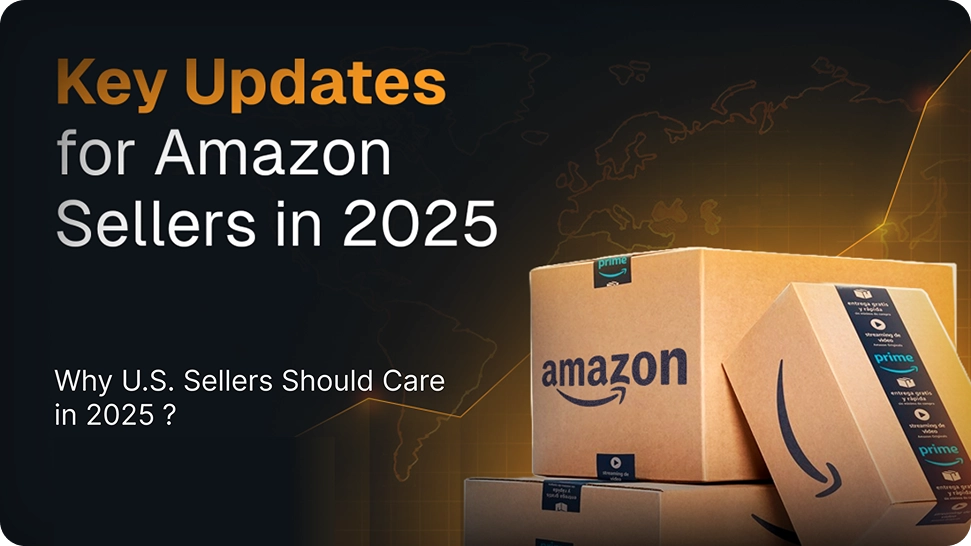Selling Tips for Sellers
Is Extended Producer Responsibility (EPR) necessary for Amazon Seller Central?
July 27, 2025

If you’re an Amazon seller, you might have recently seen messages about “EPR compliance” or requests to provide an “EPR number.” Ignoring these notifications can put your account and listings at risk. Even if you’re not currently selling in Europe, evolving environmental laws are changing how sellers must register, report, and maintain compliance on Amazon.
In this guide, we’ll explain what Amazon EPR means, who it affects, and why sellers should pay attention—especially if they plan to expand internationally or use Amazon’s European fulfillment services.
What Does EPR Mean on Amazon?
EPR stands for Extended Producer Responsibility—an environmental law that makes sellers responsible for the entire lifecycle of their products, including waste disposal and recycling.
On Amazon, this means :
- You must register with local government bodies (like Germany’s LUCID register)
- Report how much packaging or electronics you sell
- Pay eco-contributions to local recycling programs
Why EPR Affects Sellers (Even Now)
Even if you only sell on Amazon in one region, EPR may apply if:
- You plan to expand into Amazon Germany, France, or Italy
- Your listings are fulfilled in Europe by Amazon’s global logistics
- You use Amazon’s Pan-European FBA network or European Fulfillment Network (EFN)
⚠️ Amazon has already warned that sellers without proper EPR numbers may be blocked from selling in those countries.
EPR Compliance Requirements by Country
Country Product Categories Covered by Key Authority
Germany Packaging, Electronics LUCID, EAR
France Packaging, EEE, Batteries, Furniture ADEME
How to Get an EPR Number on Amazon:
1. Check your Amazon dashboard → Compliance → EPR Requirements
2. Register with the correct national authority
3. Upload your EPR registration number to Amazon
4. Submit monthly or annual reports on the weight/volume of packaging sold
5. Pay eco-contributions (these are often small but mandatory)
❓ FAQ Section
Q: Do I need EPR if I only sell in one country?
A: Requirements depend on where you sell. If you ship to countries with EPR laws, you must comply.
Q: What happens if I ignore EPR requirements?
A: Amazon may block your EU listings or deduct eco-fees from your payouts.
Q: Is there an EPR system outside Europe?
A: Some countries and states have started adopting EPR laws. It’s expanding globally.
Need Help Staying Compliant?
If you’re struggling with Amazon policy warnings or EPR compliance, visit BlueBug.io—your trusted partner for Amazon compliance, review removal, and seller support.